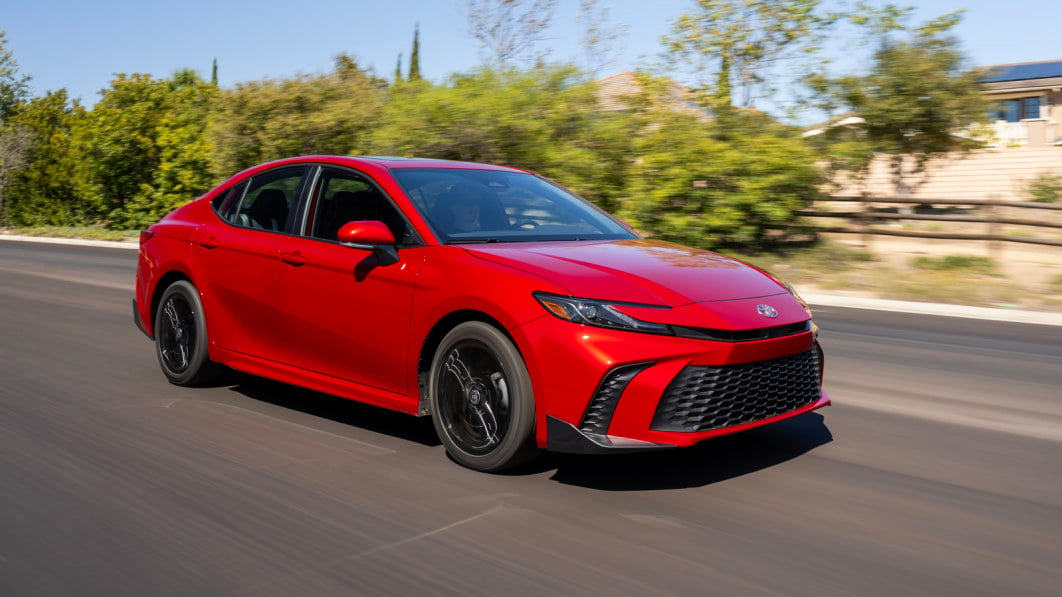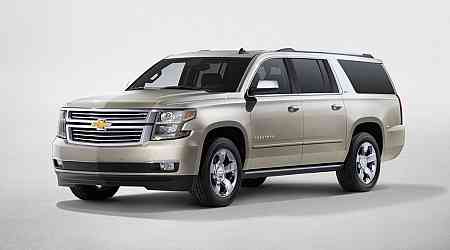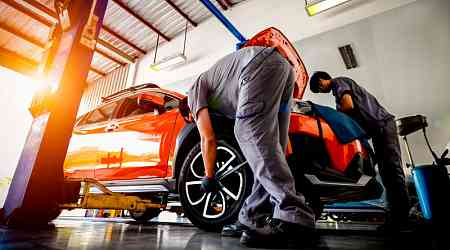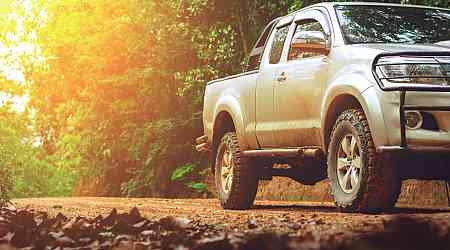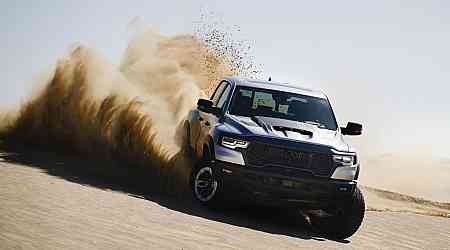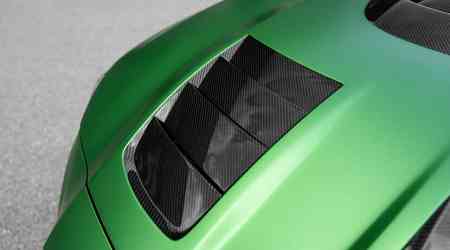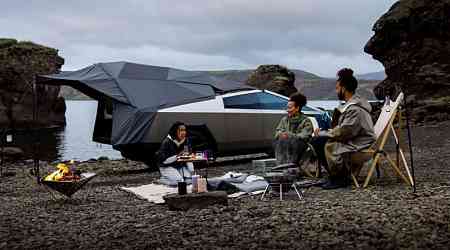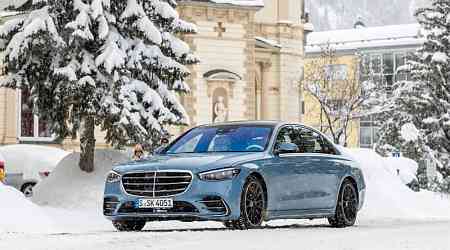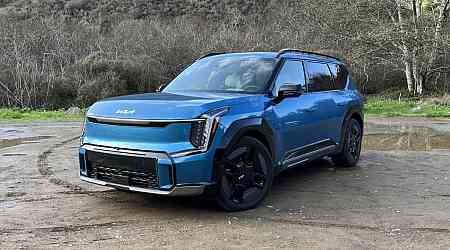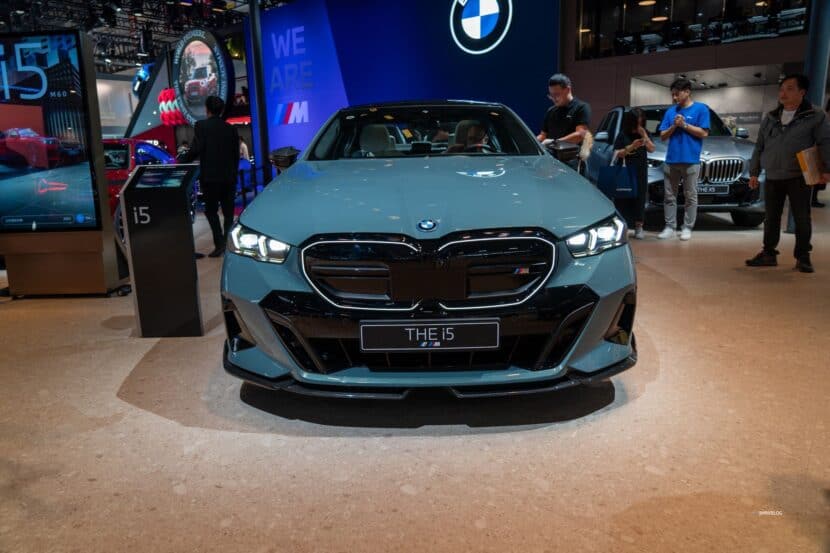BARRETT JUNCTION, Calif. – It’s been common for multiple Camry generations to share a platform, so it shouldn’t be surprising or disappointing that the 2025 Toyota Camry shares the same TNGA set of platform components as its predecessor. It definitely shouldn’t be surprising considering how similar they look, apart from its attractive new face that boasts a sleek LED headlight arrangement and a grille area below filled with a selection of different mesh patterns depending on trim level. There are other, more subtle design updates throughout (the rear quarter area actually has been changed), but you have to compare them side-by-side to see the differences.
Despite this, substantial improvements have been made under the skin. First, every 2025 Camry is a hybrid. Not only that, but it features the next, fifth-generation hybrid system Toyota debuted in the new Prius – albeit with a bigger 2.5-liter inline-four. While the 2025 Camry system produces more power at 225 horsepower with front-wheel drive and 232 hp with all-wheel drive (more on that soon), the big gain is that the system is smoother, quieter and just makes for better driving. Engineers increased the amount of energy provided by the lighter and more compact motor-generator to delay engine engagement while accelerating, make that engagement smoother when it does happen, and then lessen engine load.
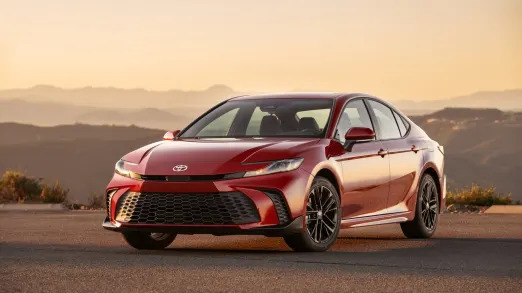
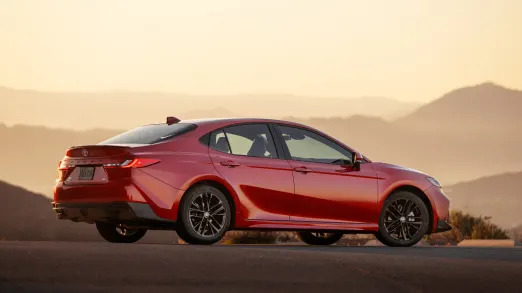
The upgraded hybrid powertrain is a lot quieter, too, and the noises it does make are far more pleasant. The electronically controlled continuously variable transmission no longer yo-yos revs up and down so severely when you momentarily lift off the throttle – it does an even better job of keeping engine revs where they should be in Sport mode – with the added benefit of an engine note that sounds less like a droning leaf blower. There’s actually quite a nice four-cylinder thrum now indicative of a car. I had an opportunity to drive a Toyota with the previous-generation hybrid system the day after my time with the Camry, and the improvement really is significant.
Fuel economy is an eye-popping 51 miles per gallon combined for the base LE and its balloony high-profile tires. The other trim levels get 47 mpg combined, while all-wheel drive drops each trim’s estimate by 1 mpg combined. OK, so the XSE drops to 44 mpg combined, but that’s still crazy good.
As mentioned, there will once again be an all-wheel-drive Camry available. The previous one was a mechanical system exclusively paired to the base, non-hybrid 2.5-liter. The new system is the same concept as other all-wheel-drive Toyota hybrids, including the new Prius: An extra motor added to the rear axle is engaged when the car deems the road slippery or detects front wheel slippage. There’s no proactive engagement to improve performance and handling.
You can see comparison pictures of the XSE, XLE and SE in the gallery above.
On the subject of handling, though, the Camry once again offers two distinctive dynamic flavors: the cushy LE and sporty SE, with those with an X at the beginning signifying more equipment and fancier finishings. Although the LE became far less of a marshmallow last generation, it sure seems like Toyota widened the ride/handling gap between the LE and SE this time around when it re-tuned the chassis. The SE and XSE’s sport-tuned suspension got new shock absorbers at all corners plus a larger-diameter front stabilizer bar, which definitely has something to do with how much flatter and controlled the SE stayed around long, high-speed sweepers than the LE, which heave-ho’d and bounded about. Grip was also reduced, but the LE has balloony tires wrapping 16-inch wheels rather than the tidy 18-inchers on the SE and XLE. The XSE gets 19s.
Steering differences are also quite obvious between LE and SE. Sport mode is especially well done in the SE, dialing in a small but just-right amount of effort, especially when turning in, to increase engagement that should please anyone who counts “good steering” as a priority. I was also fine with Normal in more mundane driving scenarios. After switching to the LE, though, oh boy do things change. The difference between drive modes is negligible, as Sport just adds some elastic mush to a numb turn-in and a nebulous on-center feel. It drives exactly how most people think a Camry drives; the SE feels more like … um, this seems wrong to say, but a sport sedan. A well-damped one, it should be said, because the ride remains comfortable.
Toyota also upgraded the braking system with an electronically controlled one, and it’s noticeable. Never mind improvement, these noticeably feel like great brakes. And I usually don’t notice brakes. The pedal is firm and progressive, and there’s actual feel to them. “It feels natural,” says my notebook, which is particularly impressive considering this is a hybrid that needs to blend regenerative and mechanical braking.

The interior design gets an overhaul even if dimensions are largely cut-and-paste. The dash was redesigned for the 8- or 12.3-inch touchscreen to fit more seamlessly atop it, but Toyota thankfully wasn’t baited by the cost-cutting allure of doing away with buttons and knobs for climate and other key controls. One quirk of the design, though: From the driver’s perspective, the screens seem to be pointing at the passenger seat. They aren’t; it’s just a weird optical illusion.
The user interface is new to the Camry but commonplace elsewhere in the Toyota lineup. It will also feature the update that allows for an easier escape from Apple CarPlay. The fix, keeping the bank of docked menu icons on screen while using CarPlay, will not be duplicated for Android Auto, though. Both Apple and Android connectivity are wireless, and the Camry is the rare car in its price range that comes standard with a wireless charging pad. There are also five USB ports spread throughout the cabin, while a new, long bin next to the wireless pad is perfectly shaped to hold both a big phone and its cord. The result is that your passenger’s phone won’t be filling a cupholder with a wire snaking all over the console.
Aesthetically, the 2025 Camry benefits from interesting fabric combinations in each trim level, which not only makes the seats look snazzy, but serve as dash adornment. So, instead of some plastic that looks like wood, metal or something supposedly fancy-ish, you get black or bright red SofTex pleather in an XSE, a plush quilted microfiber in the XLE, a textured pinstriped fabric in the SE and a lovely gray cloth in the LE. They all look great, and kudos for not excluding the lower trim levels from interesting design (though it’s probably fair to be concerned about stains long-term with the lighter-colored dash fabrics).
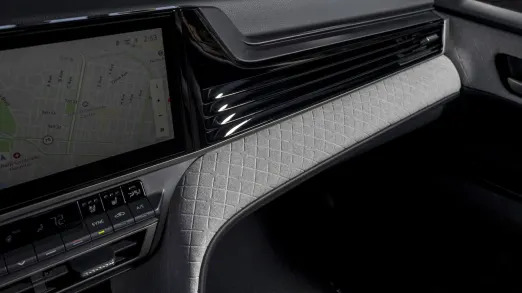

Toyota apparently lengthened and reshaped the front seat cushions, while also changing the foam density. I can’t say I noticed without a previous generation on hand, but those sound like updates that would make seats more comfortable. The back seat is just as spacious as it was before, but it still has fixed headrest bumps, which aren’t ideal for certain child seat rear anchor straps. Further to the idea that the body structure didn’t change, the trunk has the exact same cargo space volume as the previous-generation: 15.1 cubic feet. If it performs differently than the last one did in my luggage test, I’d be stunned.
You probably won’t be stunned to hear that pricing has gone up for 2025, but it’s more complicated than that. Starting at $29,495, including the $1,095 destination charge, that is an increase over the $27,515 the 2024 Camry LE went for. But! Remember that every Camry is now a hybrid, which maybe you didn’t ask for, but the 2025 Camry LE is in fact $455 cheaper than the old Camry Hybrid LE. Prices are similarly lower when comparing 2025 trim levels to 2024 hybrid ones. Score!
All-wheel drive is effectively a $1,525 option on all trim levels. It was $975 before, but that was also considerably cheaper than the typical AWD option price. Finally, a totally loaded Camry XSE AWD with the $4,075 Premium Plus package (extra ADAS equipment, a JBL sound system, a head-up display, ventilated front seats and a panoramic sunroof) goes for more than $42,000. Grumble, grumble, inflation, grumble.
The good news is that the new Camry really is an improvement, even if it’s not that new. The previous generation was holding up well, but the sharp-looking new front-end design, higher-quality cabin, big-time tech updates, well-executed hybrid powertrain and surprisingly engaging SE and XSE trim levels result in a much better car. And here’s the kicker: Last year’s new Accord was hardly that new, either. We should all just be happy we still have family sedans at all.


















